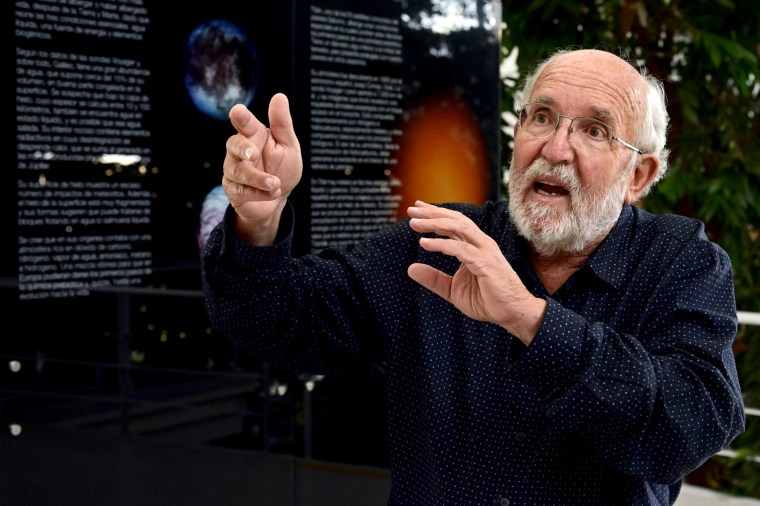

Genzel is a director at the Max Planck Institute for Extraterrestrial Physics in Garching, Germany, and a professor at the University of California, Berkeley. “It’s a field that has so many pleasures, and if you’re passionate about the science, there is so much that can be done,” she said.ĭr. She is a professor at the University of California, Los Angeles and one of the authors of the children’s book “You Can Be a Woman Astronomer.” Noting on Tuesday that she was only the fourth woman to win the physics prize, she said that she hoped to inspire young women. Ghez was born in New York on June 16, 1965. Ghez, and their teams, have spent the last decades tracking stars and dust clouds whizzing around the center of our galaxy with telescopes in Chile and Hawaii, trying to see if that dark dusty realm does indeed harbor a black hole.ĭr. Inside the boundary, time and space would switch roles and so all directions would lead downward, to the center, where the density became infinite and the laws of physics, as we knew them, would break down. At the boundary of a black hole, called the event horizon, you would have to go faster than the speed of light - the acknowledged cosmic speed limit - to get away.

He proved that if too much mass accumulated in too small a place, collapse into a black hole was inevitable. His diagrams are now the lingua franca of cosmology. And I just got exercise by running back and forth.”Ī talented mathematician, he invented a new way of portraying space-time, called a Penrose diagram, which bypassed most of the mathematical complexities of general relativity. “My job was the runner,” he said, “I would take the moves from one brother and race up to my father. Penrose recalled in an interview recently that when he was young and the family took walks in the country, they would play chess in their heads, keeping track of various moves without a physical board. Penrose is a professor at the University of Oxford. In that place - if you could call it a place - neither Einstein’s equations nor any other physical law made sense.īorn in 1931 into an intellectual family, Dr. As a result, planets as well as light beams follow curving paths, like balls going around a roulette wheel.Įinstein was taken aback a few months later when Karl Schwarzschild, a German astronomer, pointed out that the equations contained an apocalyptic prediction: In effect, cramming too much matter and energy inside too small a space would cause space-time to collapse into a point of infinite density called a singularity. The theory explains the force we call gravity, as objects try to follow a straight line through a universe whose geometry is warped by matter and energy. More Einstein, Less Mathīlack holes were one of the first and most extreme predictions of Einstein’s General Theory of Relativity, first announced in November 1915. The Nobel Assembly announced the prize at the Royal Swedish Academy of Sciences in Stockholm. Ghez is only the fourth woman to win the Nobel Prize in Physics, following Marie Curie in 1903, Maria Goeppert Mayer in 1963 and Donna Strickland in 2018.


 0 kommentar(er)
0 kommentar(er)
